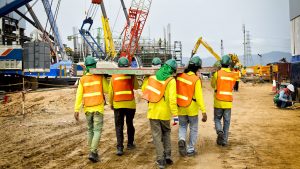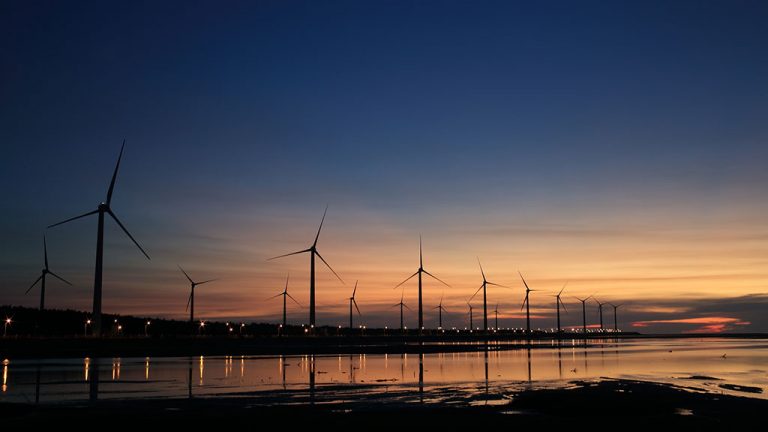Ambitions to ban the new installations of natural gas appliances and mechanical systems across North America have hit a snag.
Last October, gas and construction trade groups to overturn the proposed New York State ban on gas stoves and furnaces in new buildings, arguing the law violates federal government rules around how gas appliances are regulated. The ban was set to take effect in 2026 for new structures seven storeys high or less, and in 2029 for larger buildings.
In California, the City of Berkeley’s gas ban has been overturned, even after the city appealed. Ashli Tagoai, general counsel for Building Industry Association of Washington, was jubilant.
Commenting on his state’s intended transition away from natural gas, Tagoai , “Washington’s de facto ban on natural gas as an option for heating and water isn’t just illegal. It’s bad public policy and it’s bad for Washington families. We are fighting for homebuilders and the families they serve to have choices in the energy sources they use for cooking and heating their homes.”
Gas bans are also being questioned in �°������ϲʿ������2023.
Vancouver voted last month to reverse its 2022 ban on natural gas heating and cooling systems in most new homes. Affordability and choice were promoted as being of paramount importance.
“We all love the environment, but we need balance. We also have an affordability crisis,” said Mayor Ken Sim.
Will this stop electrification’s momentum? Not necessarily, according to Daniel Carpenter-Gold, climate justice staff attorney at the Public Health Law Center at the Mitchell Hamline School of Law in Minnesota. Building performance standards that require existing buildings to reduce energy use or greenhouse gas emissions over time are likely not to be pre-empted by a federal energy law, he said in a recent webinar hosted by the Institute for Market Transformation.

While protests concerning housing affordability and freedom of choice are compelling, transitioning away from fossil fuels in buildings of all sizes will be required to meet �°������ϲʿ������2023’s 2050 zero-emission target.
Furthermore, larger building owners considering energy retrofits face a different set of realities, many relating to the projected length of ownership.
In an opinion piece written by Smith Mordak, chief executive of the UK Green Building Council, the ownership timelines for homes versus buildings is acknowledged.
“At a household level, barriers range from financial pay-back periods extending beyond the time many people imagine living in their current home, to householders not being able to face clearing out the loft to make space for insulation.”
However, owners and operators of existing commercial, institutional and municipal buildings considering energy retrofits typically look 50 years or more down the road.
For example, owners of B and C class buildings sitting empty since the COVID years are facing the decision to demolish, convert to residential apartments or undergo extensive retrofits in the hope that tenants will return. And if they retrofit, do they electrify or not?
In a hosted by Transition Accelerator, Matt Poirier, policy director at the Building Decarbonization Alliance, suggested, “The business case for building electrification makes a lot of financial sense, with savings essentially starting on day one.”
Yet while delaying the transition away from natural gas is just “kicking the retrofit can down the road,” according to Mordak, it’s complicated by the possibility that many regional electrical grids may not be ready for the demand resulting from fossil fuel use reductions.
For example, electricity demand in New York State is projected to increase by 50 to 90 per cent by 2040, driven by housing and transportation and numerous energy-intensive economic development projects such as New York City’s mandate requiring parking lot and garage owners to install charging stations for EVs.
In the short term we can “lovingly swaddle our buildings in insulation,” Mordak says. Thinking long term, however, he believes we must “factor in the nuances of things like the time it is going to take to upgrade the grid to accommodate the additional electricity demand.”
(EDITOR’S NOTE: In the initial version of this column we reported that building performance standards which require existing buildings to reduce energy use or greenhouse gas emissions over time would be pre-empted by federal energy law in the U.S.- that is not accurate, it is the opposite, such regulations are likely not to be pre-empted, as explained by Daniel Carpenter-Gold. We apologize for any confusion or error this may have caused.)
John Bleasby is a freelance writer. Send comments and Climate and Construction column ideas to editor@dailycommercialnews.com.











Recent Comments